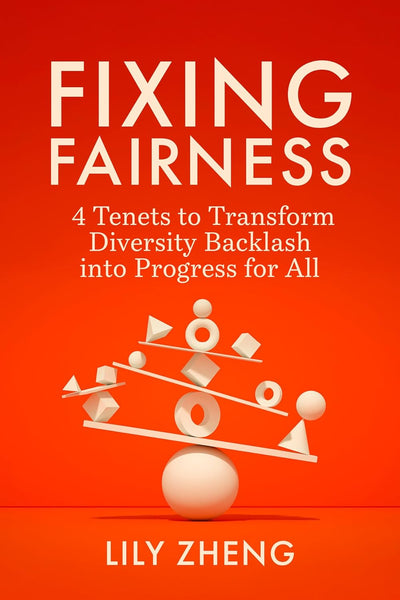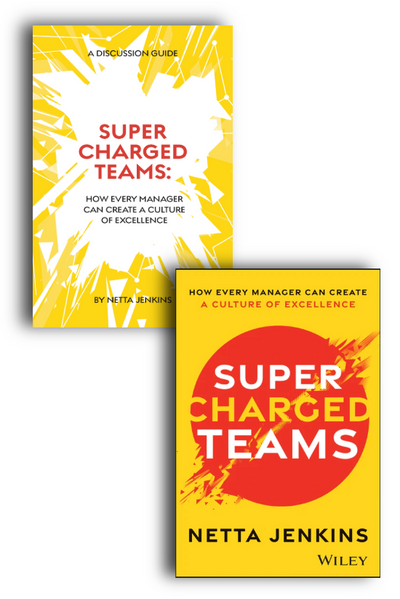Church Camp: Bad Skits, Cry Night, and How White Evangelicalism Betrayed a Generation
Theologian Cara Meredith deconstructs the existing framework of the evangelical church camp experience, offering a hopeful direction that fosters a sense of community and inclusion instead of fear.
 Church Camp: Bad Skits, Cry Night and How White Evangelicalism Betrayed a Generation by Cara Meredith, Broadleaf Books
Church Camp: Bad Skits, Cry Night and How White Evangelicalism Betrayed a Generation by Cara Meredith, Broadleaf Books
When visiting Porchlight to pick up the next pile of books I would review, I stopped in my tracks when my eyes landed on this particular one. At first, with its beige, unassuming cover and block lettering, it didn’t immediately stick out to me. But once I read the words on the cover, I was transported back into a world I had long left behind.
Until I was about 16, I had been attending church camp yearly since I was a toddler. Raised protestant evangelical, it was required to participate in each summer. As a kid, I loved it. Being out in nature, making new friends, riding horses, and having deep conversations about God with people I really respected were things I looked forward to. But as I got older and started to challenge and rethink my Christian beliefs, I began to look back at church camp with a critical eye. How many of those feelings of excitement were also laced with fear? How many of the emotions I experienced during the infamous Cry Night were real? How did evangelicalism shape me, and in what ways does it still linger?
Church Camp: Bad Skits, Cry Night and How White Evangelicalism Betrayed a Generation is a book that dives deep into the heart of American white evangelicalism and the impacts it has left and continues to leave on millions of children – and adults – across the nation. Following a week’s schedule at church camp, public theologian Cara Meredith takes the reader through all the emotions, big and small, felt by campers as they spend their time out in the woods, completely disconnected from the rest of the world. Breaking down the manipulation tactics used by churches to fearmonger children into obedience and challenging the commonly held evangelical beliefs surrounding the ethics of conversion, Meredith flips the idea of church camp on its head, opening up a discussion about the good and the bad of camp and where to go from here.
Historically, church camp has been a place for white, straight, middle-class, evangelical men to reconnect with traditional ideas of masculinity and spend time in nature. As time has gone on, these ideas have not changed. God is often portrayed to children raised in evangelicalism as a white male, effectively excluding scores of people also searching for salvation. Gender stereotypes are reinforced as the way girl campers dress and act are regulated so they do not “tempt” their male counterparts. In an environment where kids are constantly active and, therefore, constantly tired, preachers capitalize off this vulnerability and use multiple fearmongering tactics to force conversion. As Meredith describes, kids at camp are repeatedly told they are “dirty rotten little sinners” and that they deserve to die. That their sin sent Jesus to the cross, effectively killing him. After this fear is planted, only one solution is given: accept God into your heart or burn in Hell forever. Far away from the modern world, children and volunteers are boxed into traditional gender roles while they are fed an image of God that does not look like them, one they must give their life to or else they’ll suffer for eternity.
One of this book’s most interesting and prevalent discussions was the comparisons of evangelical attitudes about conversion to a capitalistic exchange. Many interviewees in this book talked about how their church leaders would tally the number of conversions and rededications during camp week and send this number to donors as proof that God was at work at camp. But faith is not something that can be measured through numbers. Many former campers interviewed who had dedicated their lives to Jesus reported doing so because there was no other choice. Who would do anything other than convert when presented with the ultimate life-or-death decision? In this way, faith becomes an equation, a transaction between man and God. If you believe, if you give your life to God, then you receive God’s grace. In our culture of capitalism and consumerism, this kind of trade makes sense. But it’s not one that belongs in religion.
Conversion, Meredith argues, should not be founded on fear and shame—conversions that happen out of love rather than fear last much longer. Kids should be allowed to make the faith decision on their own, not led there by being told that they have no worth without God. Kids should be able to see images of God that are neither solely white nor male but a God with whom they can identify and connect. The racist history of white evangelical church camp culture needs to be addressed, and active changes need to be made in how the Bible is taught to include everyone. This, Meredith argues, is the foundation of the Christian doctrine and needs to be reestablished as the center of the camp experience.
Church camp has been traumatizing for a lot of people and has left many of them without a sense of identity or safety. But, Meredith concludes, it is not wholly bad. Campers make lifelong connections, share memorable weeks of fun, and find God even without the fearmongering and shame. More changes can be made to make sure kids are learning about God the right way. As someone who grew up religious yet is no longer religious, this book gave me a new perspective on the parts of camp I had forgotten and the ones I can never forget – how they can be approached differently and how kids can be loved rather than shamed into believing. The intent and outcomes of church camp are much more nuanced than good or bad.
As long as conversations continue to happen and white evangelical culture is continually challenged, religious communities can create a camp environment for kids where they come to know the all-loving God, not the capitalist, exclusionary, hateful one.



































